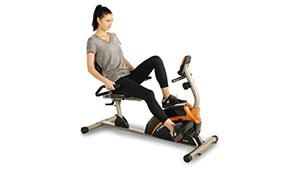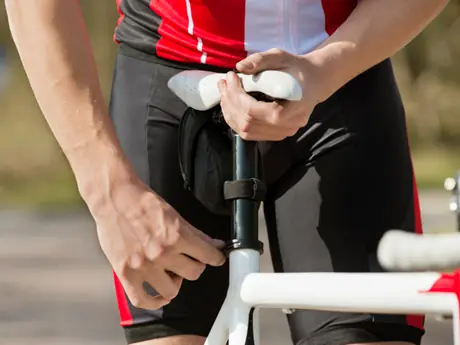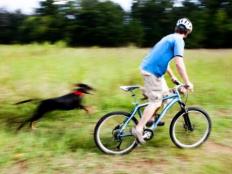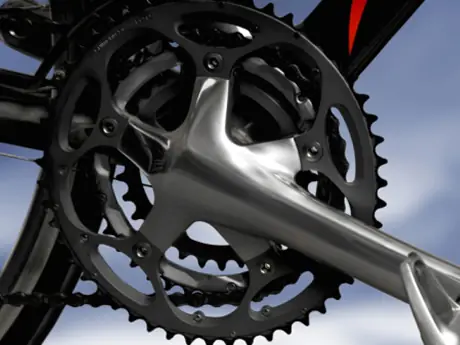Mobilization
Mobilization of soft tissue is needed to eliminate muscle impingement or scar tissue that affects the cyclist's ability to pedal. In order for a cyclist to perform to the maximum level of his or her ability, a professional treatment protocol is recommended. By releasing tension in areas such as the external hip rotators and psoas muscles, a cyclist will gain the ability to produce more power with less opposing friction in the joints.
Improve Performance
The experience of a bike fitter will benefit you most when analyzing fit to improve performance. Assuming that the bike is sized correctly and issues with comfort have been addressed, a fitter's next step is to test performance. This phase of testing includes assessing the rider's speed (MPH), power (Watts), pedaling efficiency (torque, left/right power balance, torque angles) and energy (heart rate).
More: 3 Drills to Improve Cycling Efficiency and Pedal Cadence
When using a CompuTrainer SpinScan, assessments should be taken before and after the fit to gauge progress and to track averages. And assessment of a rider's functional movement on and off the bike is also important. This information will tell the fitter how quickly an athlete can adapt to the mechanical changes that were applied.
At this point in the testing, a therapeutic consultant is needed to make an anatomical evaluation and recommend specific exercises for areas of weakness. These exercises should become part of the clients personalized flexibility or strength-training program. Together with the fit, this personalized program will inch the cyclist closer to the three goals of a good bike fit.
The Secrets of a Successful and Long-Lasting Fit
Secret #1: Did it work? Feedback from the client is critical to success and satisfaction. The fit isn't complete until success is mutual, no matter how long that may take.
More: 4 Steps to the Perfect Bike Fit
Secret #2: Mechanical adjustments made during a fit will help a cyclist to release tension in muscles and open up joints to improve power and comfort. But in order for the mechanical adjustments to be effective and long lasting, weakness and flexibility in the body must be addressed.
Aging bodies don't always respond to tightening bolts. Adjustments to the bike cannot be successful if the body is not receptive to the changes made.
It's no secret that a lack of mobility can eventually lead to injury. For this reason, I use Dynamic Motion Therapy as a component of my work as a fitter. DMT allows me to conduct non-invasive soft tissue management of the body connected with lower and upper extremities.
More: Bike Fit for Women
If you can't find a local DMT practitioner, similar treatment can be done with physical therapists, sports chiropractors or deep-tissue massage therapists.
This combination of mechanical adjustment, biomechanical assessment and mobilization allows for immediate positive results, an improvement in sustainable power and long-lasting comfort.
In the end if the fit is a success, the client will have a decreased chance of repetitive injury and improve power, efficiency and comfort on the bike.
More: Ask the Experts: Getting a Pro Bike Fit
 Ready to ride? Search for a cycling event
Ready to ride? Search for a cycling event
- 3
- of
- 3








Discuss This Article